Flash photography is a vital skill for any portrait photographer to have, especially for indoor sessions. In today’s post, I will be discussing some of the most common tricky lighting situations I encounter during in-home photography sessions and when to use flash photography.
Low Light Conditions
Generally, in discussing when to use flash photography, low light conditions most often come to mind. It’s frequently difficult to get enough light in clients’ homes, even on sunny days. I live in a newer home with large windows. I recently purchased a light meter to use with my film camera. Out of curiosity, I walk around my house taking light readings. Even on clear days, the light registers lower than I prefer unless I’m right next to windows. Without the use of flash, I would have to choose between only posing my subject next to windows (boring), or under-exposing, resulting in shadowy, grainy images.
With poor weather, I completely give up on photographing indoors without flash. As a portrait photographer, not using flash would result in many scheduling headaches and probably frustrated clients. I personally prefer to keep my ISO at 800 or below on my Sony A7iv. Consistent image quality ranks highly in importance to me. I want my clients to always receive high quality work that can be printed at large sizes. Indeed, my goal is to create images that are bright and clear like my typical outdoor sessions even when working with low light indoor conditions.
When To Use Flash In Bright Conditions
I recently dealt with the opposite challenge during an in-home newborn photography session. Let me provide some context: I usually schedule newborn sessions during the mid-morning. That time frame is usually a time when newborns are calm and content. Also, the sun is high in the sky, resulting in soft, even light shining through the windows.
That timing was not an option for this particular session. The infant’s father only had one week off from work after the birth as a medical resident. The mother, understandably wanted the session completed before he returned to his unpredictable schedule. Due to some schedule conflicts on my end, mid afternoon was the best option. I assumed the sun would still be high enough in the sky, but I was wrong.
When I walked into this beautiful little nursery, the winter sun was blazing through the only window, casting hot spots all over the crib and accent wall. It felt counter-intuitive, but I pulled the curtains almost all the way shut and set up my flashes to fill in the opposite side of the room.
The session actually took place in three rooms of their house. We started in the overly-bright nursery and then moved to the master bedroom and living room on the opposite side of the house which was very dark due to the low sun. I moved my flashes and reset with a higher flash power. Take a close look at the images below. While I certainly paid intentional, close attention while post processing these images, they look cohesive and consistent despite the drastically different natural lighting conditions.
Learn How and When to Use Flash Photography
Does lighting for your in-home photography sessions freak you out? Do you want the skills to be able to manage both high and low lighting situations? Check out my In-Home Flash Photography Course. Sign ups open intermittently throughout the year. Not even sure how to use your flash? Check out my free Quick Start Course for using your flash.
Are you looking for a photographer to document your family in their home? Contact me!
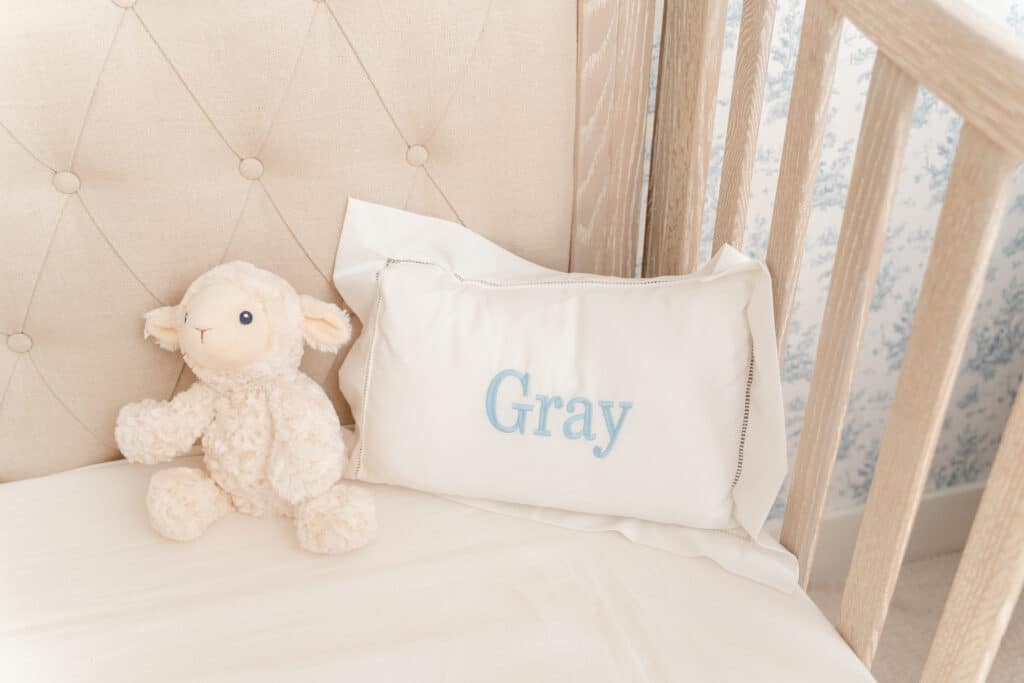

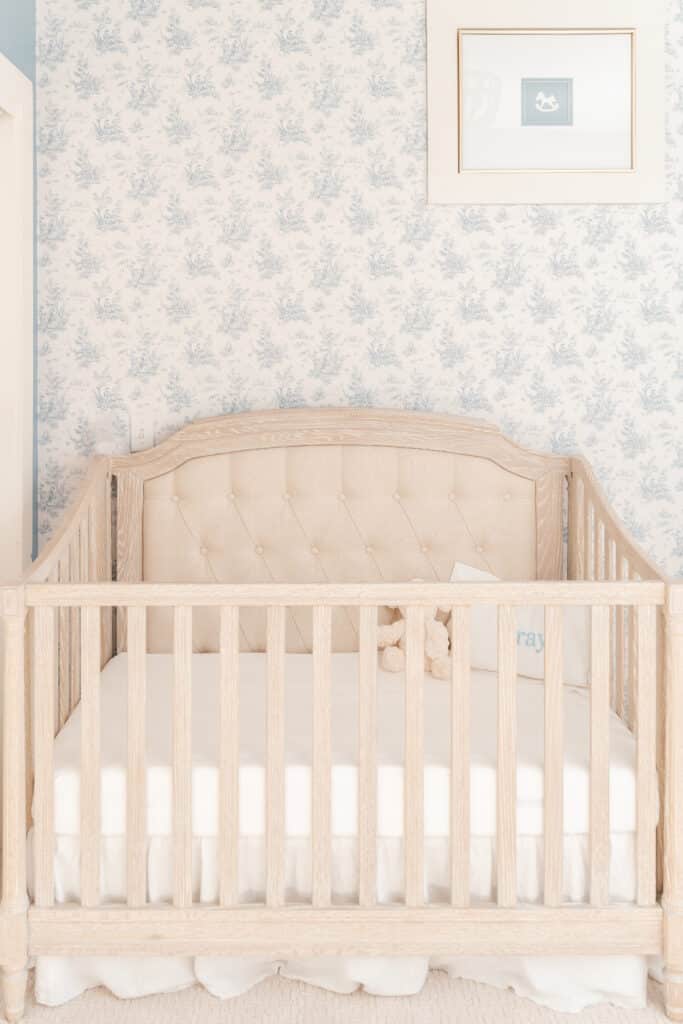
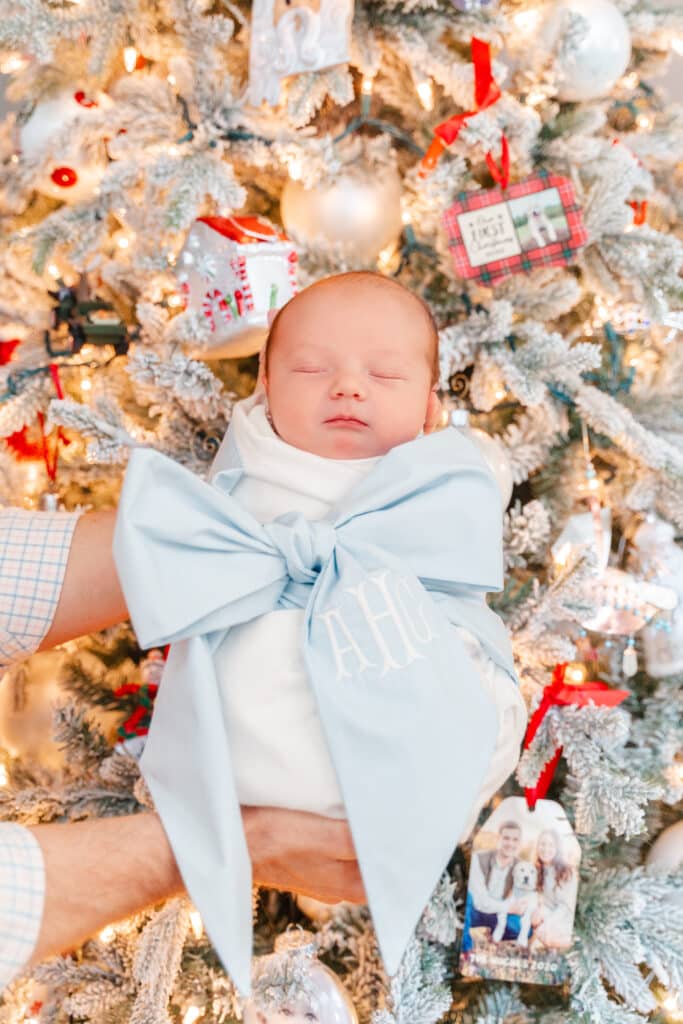
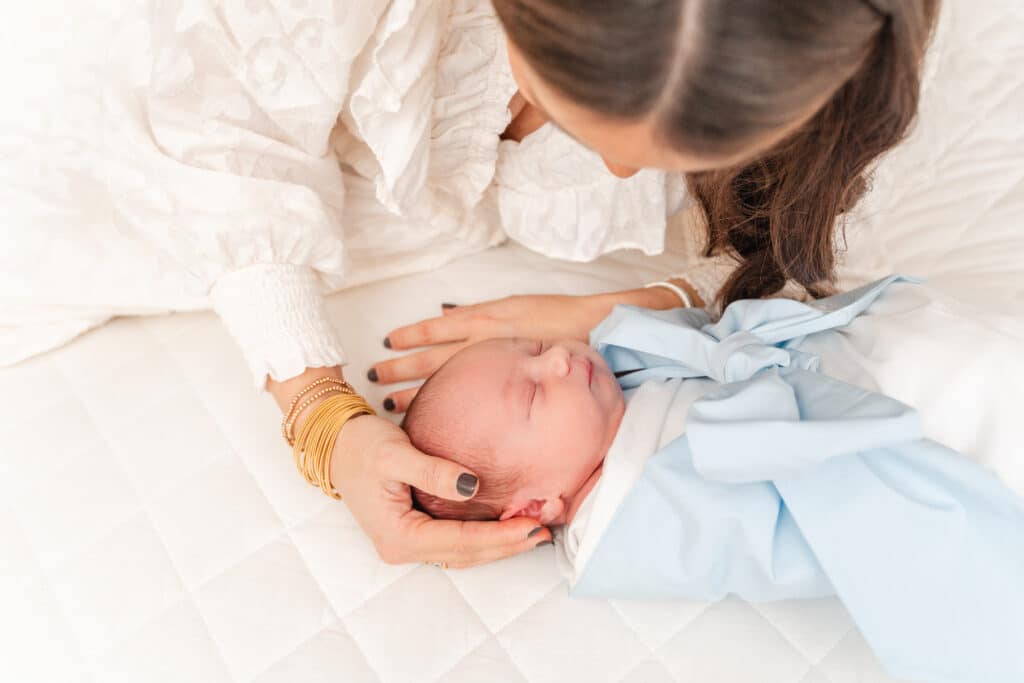
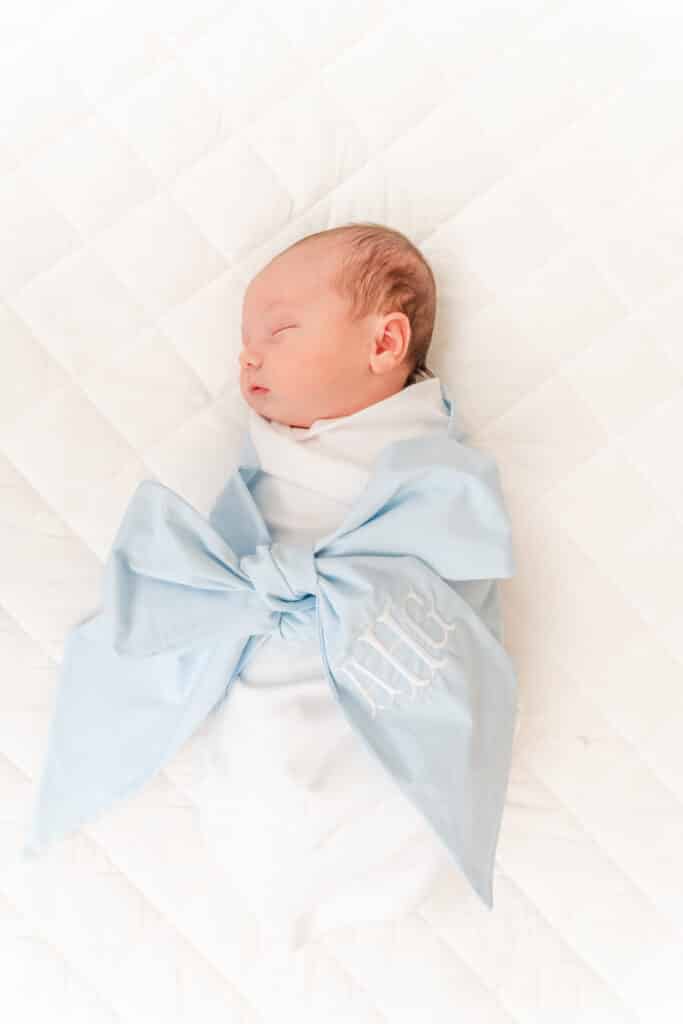
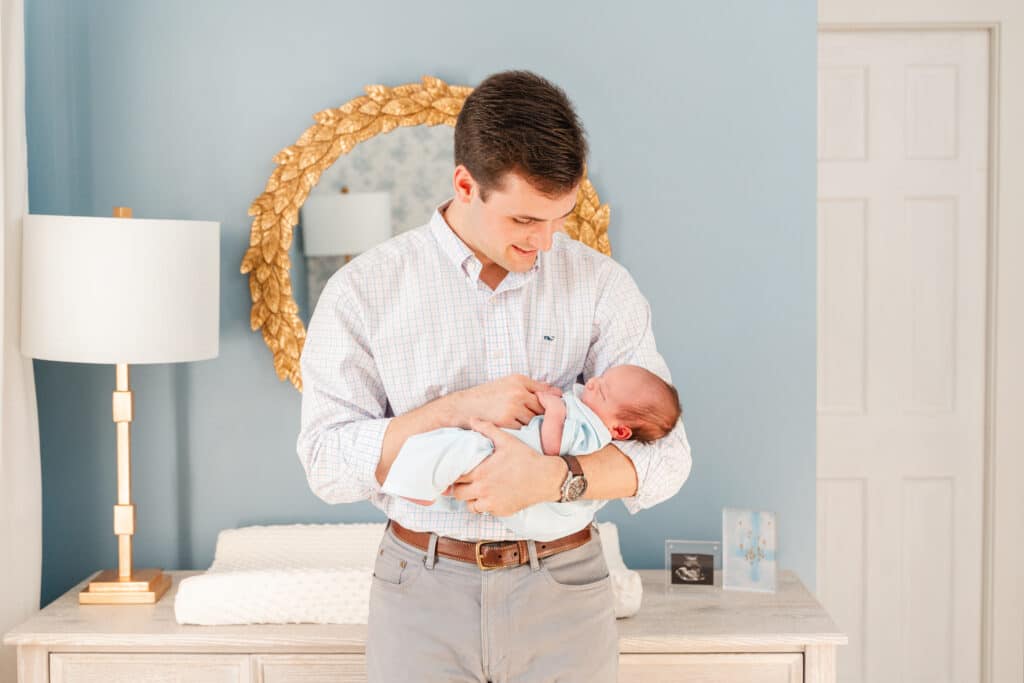
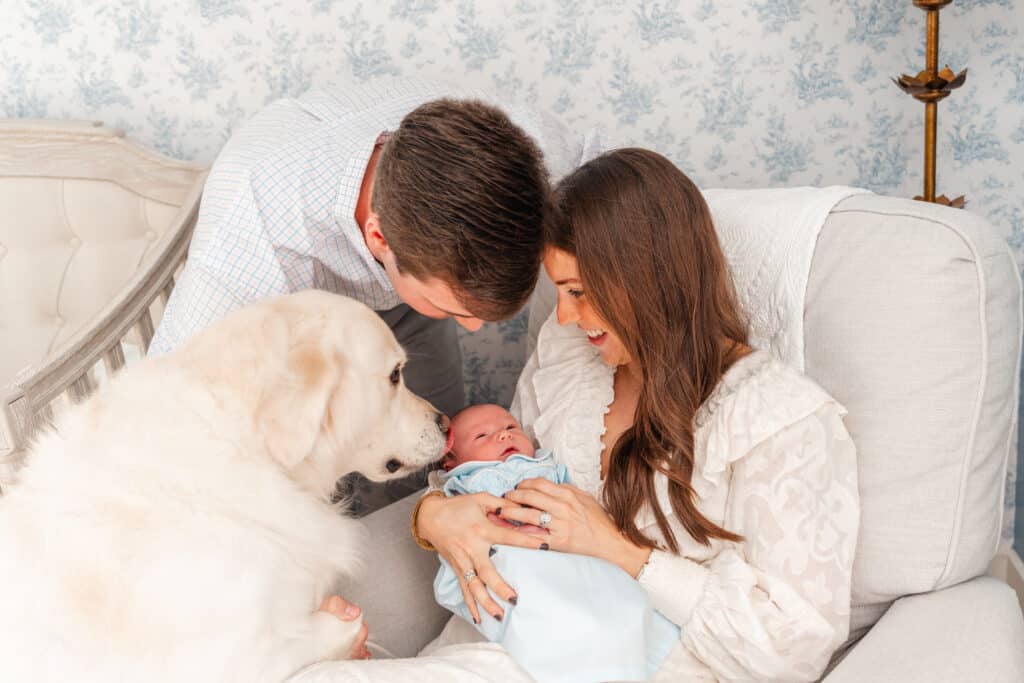
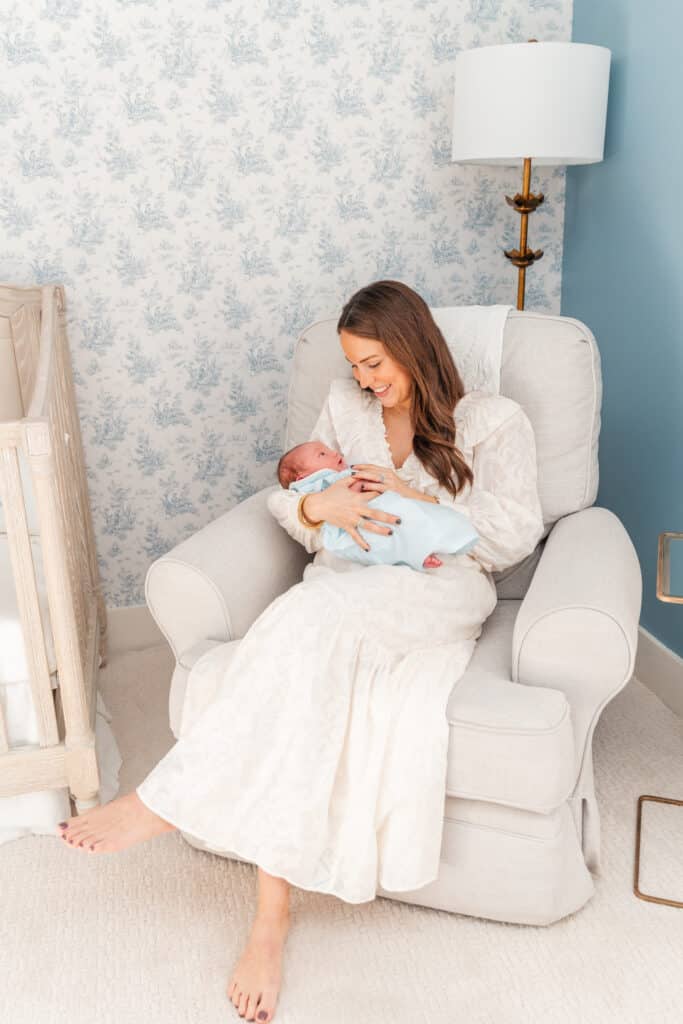
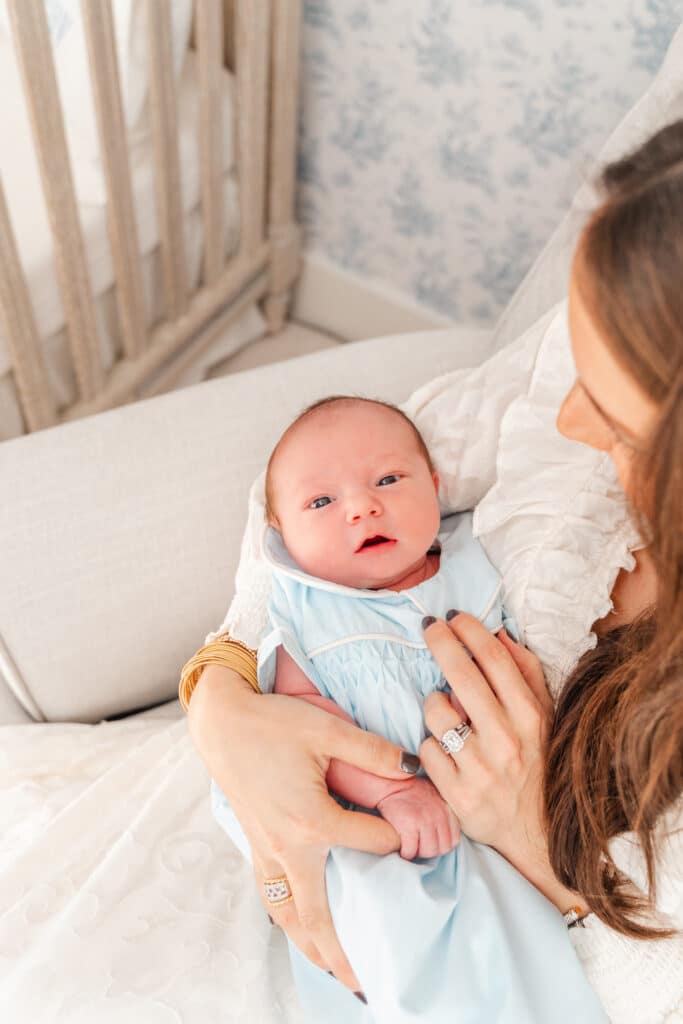
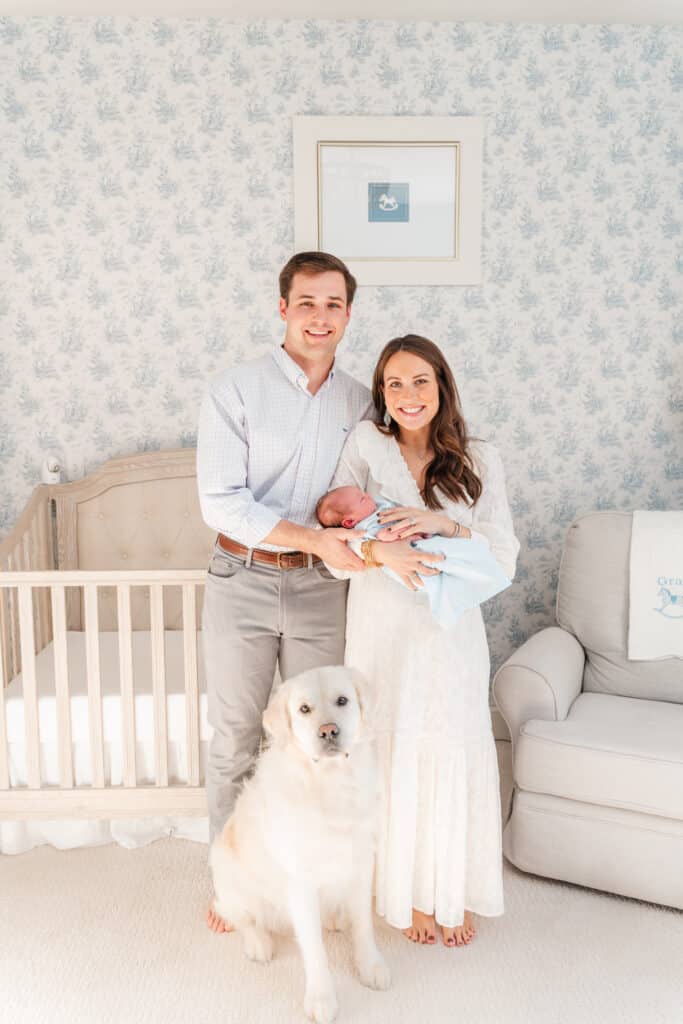
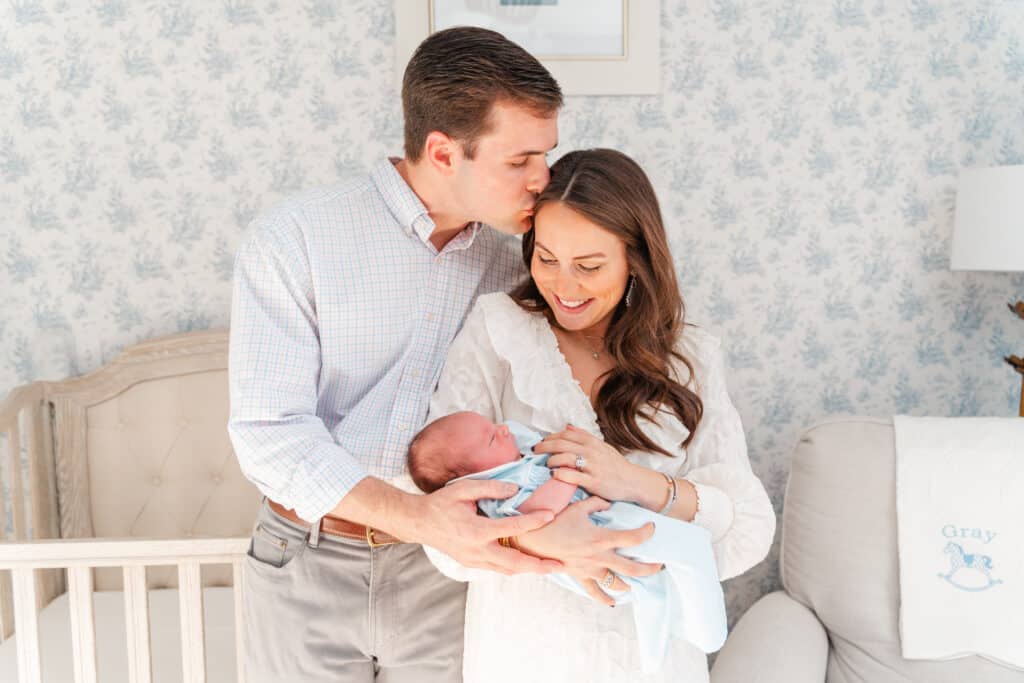
Be the first to comment